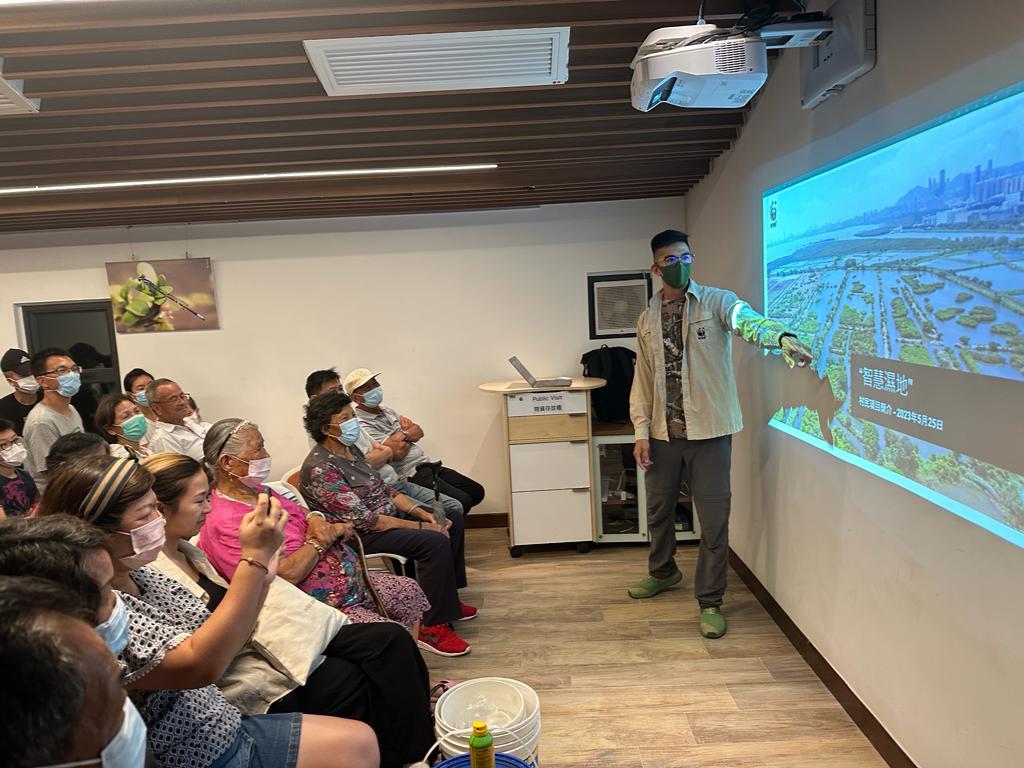Building Block 1 Field Research & User Insights: Understanding Menstrual Product Access and Preferences in Nepal
This building block outlines the findings and methodology of a nationwide field study conducted in 2022, which informed the Sparśa Pad Project. The research examined menstrual product usage, access, stigma, and user preferences among 820 Nepali women and adolescent girls in 14 districts across all seven provinces.
Using a structured face-to-face interview approach, the team employed ethically approved questionnaires administered by culturally rooted female research assistants. This method ensured trust, context sensitivity, and accurate data collection across diverse communities. The interviewers were trained in ethical protocols and worked in their own or nearby communities, thereby strengthening rapport and enhancing their understanding of local norms, power relations, and languages.
Key findings revealed a high reliance on disposable pads (75.7%) and ongoing use of cloth (44.4%), with product preferences strongly shaped by income, education, and geography. Respondents prioritized absorbency, softness, and size in menstrual products. While 59% were unfamiliar with the term “biodegradable,” those who understood it expressed a strong preference for compostable options, over 90%. Importantly, 73% of participants followed at least one menstrual restriction, yet 57% expressed positive feelings about them, seeing them as tradition rather than purely discriminatory.
These findings directly shaped the design of Sparśa’s compostable pads, informed the user testing protocols, and guided the development of targeted awareness campaigns. The accompanying link and PDFs include a peer-reviewed research article co-authored by the team and supervised by Universidade Fernando Pessoa (Porto, Portugal), as well as informed consent forms, a statement of confidentiality, and a research questionnaire. These documents are provided for practitioners' reference or replication purposes.
Why this is useful for others:
For Nepali organizations and local governments:
- The study provides representative national data to inform product design, pricing strategies, and outreach campaigns.
- It reveals regional, ethnic, and generational differences in attitudes that are essential for localized intervention planning.
- The questionnaire is available in Nepali and can be adapted for school surveys, municipal assessments, or NGO projects.
For international actors:
- The research demonstrates a replicable, ethical field methodology that balances qualitative insight with statistically relevant sampling.
- It offers a template for conducting culturally sensitive research in diverse, low-income settings.
- Key insights can guide similar product development, health education, and behavior change interventions globally.
Instructions for practitioners:
- Use the attached PDFs as templates for conducting your own baseline studies.
- Adapt the questions to reflect your region’s cultural and product context.
- Leverage the findings to avoid common pitfalls, such as overestimating awareness of biodegradable products or underestimating positive views on restrictions.
- Use the structure to co-design products and testing tools that truly reflect end-user needs.
